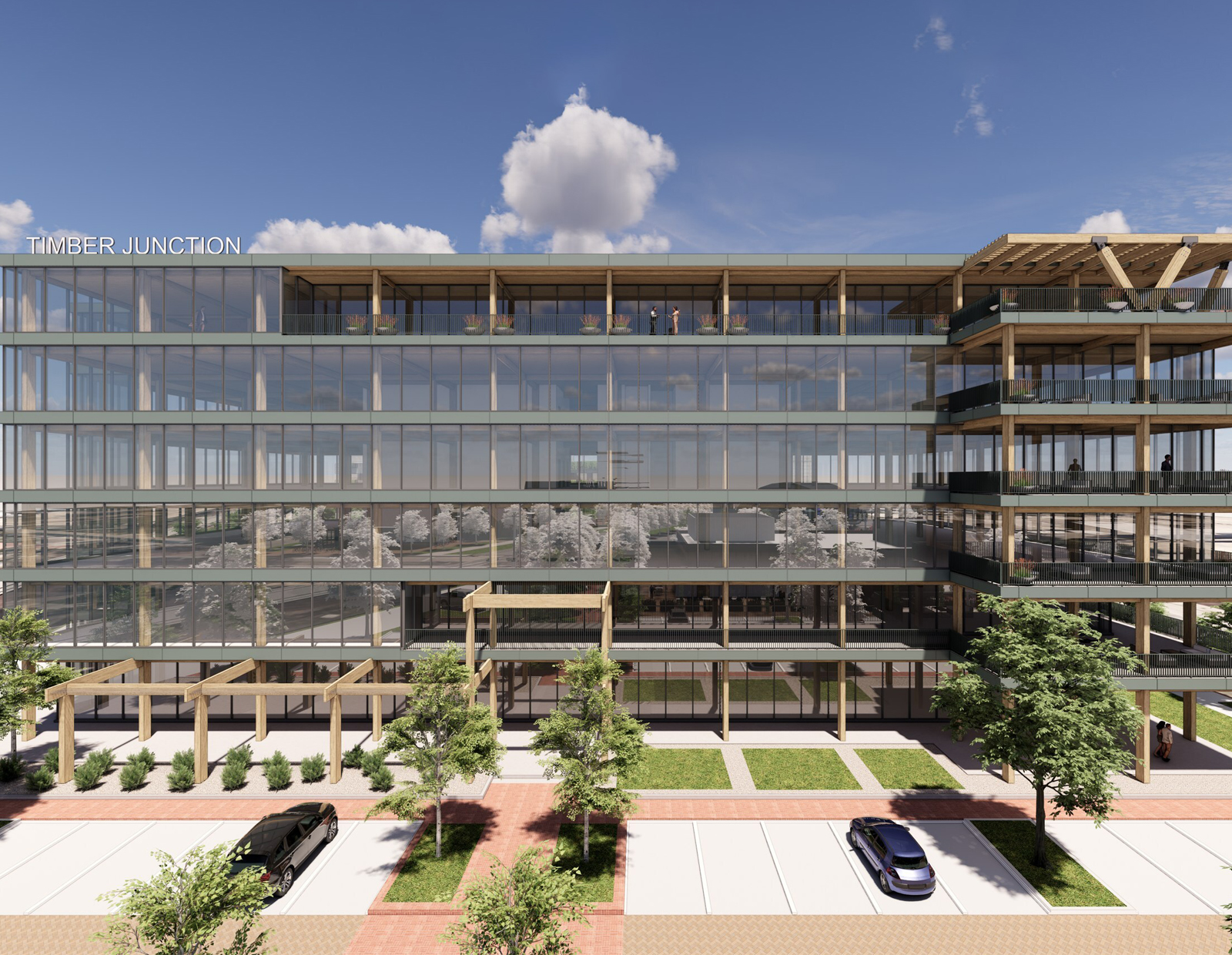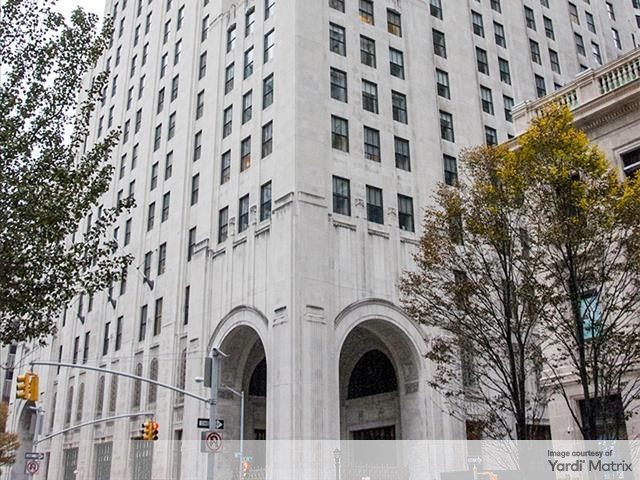Midsummer Musings: What Will the 2nd Half Bring?
What's ahead in the second half of the year for lending, investment volume and the business climate? A senior NAR economist sheds light on the complex issues that will shape the rest of 2017.
By George Ratiu
 How is your summer going? Are you enjoying a page-turner on the beach as a gentle breeze cools your face? Then again, perhaps your thoughts are straying to the impact of the new administration on the economy, or to double-digit declines in investment sales.
How is your summer going? Are you enjoying a page-turner on the beach as a gentle breeze cools your face? Then again, perhaps your thoughts are straying to the impact of the new administration on the economy, or to double-digit declines in investment sales.
“I wasn’t thinking about those issues!” you protest. Maybe not, but I bet your subconscious was pondering them. So while the breeze keeps you in the vacation location, let me add some fuel for your inquiring mind.
Economic Undercurrents
Regarding the Trump White House and the economy, I will start by pointing out that any administration’s impact on economic performance is debatable, and usually becomes clear only in hindsight. Expectations were high after the November 2016 election, at least for a share of the public. But at the midpoint of 2017, it’s fair to say that campaign promises and snappy tweets have yet to be matched by results.
On one hand, the business community has been divided. Lowering the corporate tax rate and reducing red tape sounded good, but the prospect of a border adjustment tax diminished the initial enthusiasm. Dedicating government capital to infrastructure brought applause, while pulling out of the Paris climate agreement led to vocal opposition from corporate leaders.
Amid the rhetoric, the economy posted a weak first quarter in the wake of a moderate 2016. The Bureau of Economic Analysis estimated a 1.2 percent uptick, far below the 3.4 percent mark typical of first-quarter GDP growth over the 1950-16 period, but close to the 1 percent characteristic of 2000-2016.
The first-quarter moderation came from a pullback in consumer spending, and to a smaller extent, a decline in government expenditures. The corporate outlook was still riding the post-November high during the first three months of the year. Nonresidential fixed investment increased at an 11.4 percent annual rate, the strongest quarterly gain since the first quarter of 2012.
Bullish Businesses, Cautious Consumers
Companies deployed capital in equipment—double-digit advances for information equipment—and intellectual property products, such as software, research and development. Benefiting from a milder winter, spending on commercial real estate jumped at a 28.3 percent annual rate, while investments in residential real estate rose 13.7 percent.
The bullish attitude echoed in the employment figures, as well. Payroll employment gained 527,000 net new jobs in the first quarter of 2017, according to the Bureau of Labor Statistics. Private service-providing industries continued to serve as the growth engine during the quarter, generating 341,000 net new jobs. At 4.7 percent, the unemployment rate remained flat compared with the last quarter of 2016. However, unemployment declined each month, from 4.8 percent in January 2017 to 4.3 percent in May.
On the other hand, consumers seemed to feel much less cheerful during the first quarter. Consumer spending—the main component of GDP—was barely positive, posting a 0.6 percent annual gain, as consumers cut back 13.9 percent on auto purchases, bought fewer clothes and shoes, as well as less gasoline, oil and energy goods. In a sign of the times, even as real disposable personal income increased 1 percent in the first quarter, the savings rate rose 20 basis points to 5.7 percent.
Clouds on the Horizon?
Before the vacation feeling fades away, let me say that most preliminary economic indicators suggest that second-quarter GDP growth will clock in around 3.0 percent. While you take a sip of the refreshing beverage next to you, I’ll glance at the second question on your mind, about CRE markets.
On this topic, the ambivalence present in politics and the economy was mostly absent over the past few years. Fundamentals have been improving, and investments have been moving toward prior peaks. However, markets were split along valuation lines. Large-cap markets—with deals at or above $2.5 million—recovered early from the recession, and found broad embrace from a market eager for solid returns.
Small-cap markets—those below the $2.5 million threshold—lagged in the recovery cycle by about three years. They have been shadowed by accumulating regulations for regional and community banks, their main capital sources. Not surprisingly, as large cap-deal volume began to fall in early 2016, sales in small-cap markets went on a tear. While investors in large-cap markets exercised restraint in the face of rising prices, the higher yields in small-cap markets offered a hedging alternative.
The first quarter of this year saw transaction volume fall 19 percent in large-cap markets. While volume declined, due to tight inventories, prices appreciated. Based on Moody’s/RCA Commercial Property Price Index data, prices in large-cap markets advanced 7.0 percent during the first quarter, as cap rates moved sideways.
More surprisingly, National Association of REALTORS® (NAR), data indicated a 4.4 percent year-over-year decline in small-cap market sales volume. Prices advanced 7.2 percent during the first quarter, mostly on account of tight inventory. Whether this decline marks a new trend or merely a temporary blip remains to be seen.
Debt Ahead
In a concerning development for small-cap markets, debt financing returned as an issue. NAR’s Commercial Real Estate Lending Trends 2017 found that lending in REALTORS®’ CRE markets were impacted by regulatory scrutiny of banks’ balance sheets. Even as improving fundamentals boosted cash flow, lending tightened for the second consecutive year, with 37 percent of REALTORS® reporting tightening underwriting for CRE projects.
The lending report underscores a striking difference. Debt financing represents a much larger slice of the capital stack in small-cap markets, whereas large-cap deals benefit from significant equity contributions. For regional and community banks, which accounted for 58 percent of all capital in REALTOR® markets, costs stemming from Dodd-Frank regulations have taken a toll on the capital available for commercial deals. In light of those constraints, which have been compounded by Basel III’s capital reserve requirements, regional and community banks have been more cautious in their lending during 2016 and 2017.
All these currents raise more questions. Will we see action on the proposals and blueprints floating through Congressional committees? Or will we spend the rest of the year attempting to decipher tweets?
For the time being, remember that summer is only getting hotter. Stay cool, well-hydrated and enjoy this moment. There will be other waves and other breezes, but none of them will feel exactly as they do now.
George Ratiu is director of quantitative and commercial research for the National Association of REALTORS® and a columnist for CPE.







You must be logged in to post a comment.